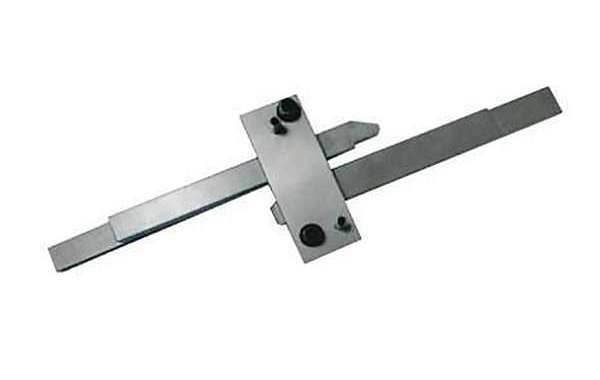① The material entrained gas in the feed system or the air originally stored in the cavity, and the gas in the runner and cavity is not discharged in time during the forming process.
②The resin is not sufficiently dried and contains water, which evaporates to become water vapor at the injection temperature.
③The injection temperature for Injection plastic mold is high, and the plastic decomposes to produce gas.
④ Some additives in the resin volatilize or chemically react to generate gas (for example, when thermosetting plastics are formed, not only the plastic itself contains water and volatile components, but also condensation reaction occurs during the curing process to produce condensation water and low-molecular volatile gases).
⑤ Residual gas in the resin.
Consequences of poor mold exhaust
① The gas undergoes large compression to generate back pressure, and this back pressure increases the resistance of the molten material to the mold filling flow, preventing the molten plastic from filling the mold quickly, making the mold cavity unable to fill, and causing the plastic edges to be unclear.
② There are obvious visible flow marks and fusion seams on the products, and the mechanical properties of the products are reduced.
③ After the gas is compressed, it will penetrate into the inner layer of the plastic, causing the plastic to produce surface quality defects such as silver streaks, pores, loose tissue, and delamination.
④ After the gas in the cavity is compressed, heat is generated, which causes the temperature of the plastic to rise locally, and the plastic melt decomposes and changes color, and even burns and carbonizes.
⑤ Poor exhaust, reduce the filling speed, increase the cycle of part forming (especially high-speed injection), and seriously affect productivity
Welcome to buy our Ejector sleeve!






